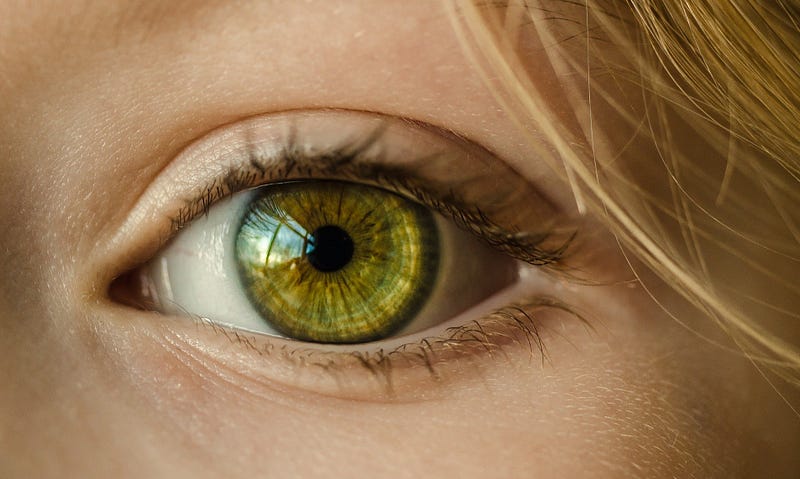Hot or Not: What Makes Humans Attractive?
By Jaeyoon Lee, English and Biology, 2022

Angles to make us taller, lighting to conceal or bring out features, and sometimes, Photoshop. Some say beauty is only skin-deep, but look across social media, magazines, or movies to get a taste of what people do to look better. Despite the understanding that a person’s character and personality is what truly counts, the obvious truth can’t be denied: looks matter. They play a huge role in one’s life. From how looks affect dating prospects to economic opportunities, physical appearance plays an intimate role in many aspects of our lives. This begs the question: what is considered to be physically attractive? And why?
First, the subjectivity of the idea of “attractiveness” must be considered. A huge factor of what is considered to be aesthetically pleasing is based on sociocultural attributes. In some cultures, such as in Samoa, body fat is an acceptable — even celebrated — characteristic, whereas it is frowned upon in most Eastern Asian cultures. Personal preference is also important, as different opinions and values of certain characteristics may vary within individuals. Psychology research has shown that humans naturally attribute personality to the whole picture of assessing a person’s attractiveness. For example, the virtues of intelligence or compassion can influence how a person is perceived.
Putting that aside, is there a universal attribute that suggests physical attraction? According to various research studies, the components of attractiveness can be broken down to facial symmetry, body proportion, and averageness. Evolutionary psychology can put in perspective how these attributes, and thus attractiveness, help survival. These indicators often signal genetic fitness, which describes an individual’s success to reproduce and pass on inheritable genes. So a person’s physical characteristics intuitively reflects health and fertility, which increases reproductive success.
According to various research studies, the components of attractiveness can be broken down to facial symmetry, body proportion, and averageness.
But how does facial symmetry, where the right side of the face is similar to the left, demonstrate genetic fitness? Of all the competing theories, the dominant explanation is rooted in the Theory of Evolution, which suggests that the heart of why symmetry in faces is attractive is because it suggests developmental stability, particularly in the DNA and gene expression. Thus, anything that might indicate developmental issues, such as asymmetry in facial features, can be seen as “unattractive.”
Here, the importance of averageness in evaluating attractiveness can be introduced. The averageness referred to is not that of mediocrity, but that of statistical description — or the “mean.” What is familiar and recognizable is what is ultimately considered to be attractive, as extreme or uncommon characteristics can throw attraction off.
Now the body and how it can be attractive can be examined. The proportionality of certain body parts with one another is thought to reflect the physiological health, with different body ratios helping each sex to be seen as attractive.
For males, the ideal physique is termed the Adonis Complex, which is described numerically by the Golden Ratio, a historical proportion that artists, sculptors, dentists, and surgeons use to structure the human physique. The Golden Ratio can be expressed as 1:1.618, painting the ideal picture of the most important criteria for a man’s physique: the waist to shoulder ratio. This means that if the circumference of a man’s waist is one, his shoulders must be that of 1.618 in order to achieve this complex. This idealized proportion of broad shoulders and a relatively smaller waist is what gives the V-shape physique, or “Dorito-shape,” that is considered attractive in males.
What is familiar and recognizable is what is ultimately considered to be attractive, as extreme or uncommon characteristics can throw attraction off.
For females, the ideal physique also rests on certain ratios, but they differ with males in terms of what body parts are important. Here, the most important ratio is the waist to hip, as this is thought to indicate the fitness of the female to be able to give birth. In a series of studies, data suggest the waist-to-hip ratio of 0.7 is considered most attractive, as this can be seen as the “hourglass” figure.
Eat right, exercise, and have a symmetrical face, yet make sure your features are close to the average population’s as well. Simple. But of course, that is not the entire picture. It’s one thing to talk about what makes someone “physically attractive,” but it’s another to talk about what makes someone “attractive” in general. What can’t be ignored is who the person is beyond their looks. But perhaps, in light of that, there is something still fascinating to see about what makes someone physically…hot.
Journal of Personality and Social Psychology (1972). DOI: 10.1037/h0033731
Intelligence (2011). DOI: 10.1016/j.intell.2010.11.003
Proceedings of the Royal Society of London. Series B (1999). DOI: 10.1098/rspb.1999.0717
Annual Review of Anthropology (2005). DOI: 10.1146/annurev.anthro.33.070203.143733
Journal of Comparative Psychology (1994). DOI: 10.1037/0735–7036.108.3.233
Journal of Social and Personal Relationships (2006). DOI: 10.1177/0265407506068264
The Lancet (1998). DOI: 10.1016/S0140–6736(05)79257–6
